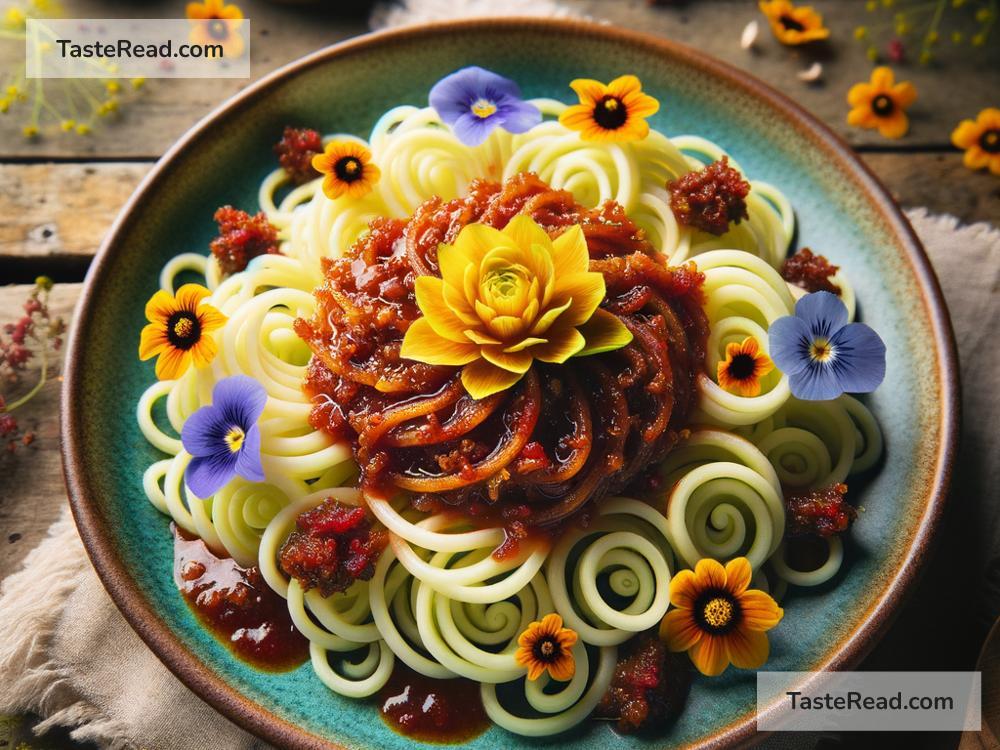Cooking with Non-Traditional Crops for Modern Dishes
In the ever-evolving world of culinary adventures, modern dishes are constantly being reimagined and reshaped, not just by the innovative minds of chefs but also through the use of unique and non-traditional ingredients. Chasing the familiar flavors of our childhoods or the classic recipes we’ve come to love is always comforting. Yet, there’s an undeniable thrill in experimenting with novel crops and incorporating them into contemporary dishes. Here’s a deep dive into why and how you can start cooking with non-traditional crops to add an exciting twist to your meals.
The Quest for Novelty and Nutrition
The first question that comes to mind is, “Why venture into the unknown?” The reasons are manifold — from the allure of discovering new tastes and textures to the benefits of diverse nutrients found in these non-mainstream crops. Moreover, exploring these less common ingredients can often contribute to sustainable eating habits by promoting crop diversity and reducing food monotony.
A Canvas for Creativity
Non-traditional crops are like a blank canvas for your culinary creativity. They allow you to experiment and play with flavors, giving your dishes a unique edge that sets them apart. Whether it’s fusing them with classic recipes or creating something entirely novel, the possibilities are endless.
Stepping into the World of Non-Traditional Crops
Let’s explore some intriguing non-traditional crops and how they can be incorporated into modern dishes:
-
Amaranth: Once a staple of the ancient Aztecs, amaranth is not your everyday grain. It’s rich in proteins and amino acids, and its nutty flavor makes it an excellent addition to salads, soups, and even as a substitute for rice. Try popping it like popcorn for a crunchy snack!
-
Jicama: This root vegetable is crunchy, sweet, and nutritious, with a texture somewhat between an apple and a potato. It’s perfect in salads, slaws, or as a crunchy addition to tacos. You could also bake or fry them as an alternative to French fries.
-
Cassava (Yuca): A staple in African, South American, and Asian cuisines, cassava can be boiled, baked, or fried. It’s a great source of carbohydrates and can be used to make a gluten-free flour for baking. Try using it to make cassava chips or to thicken soups.
-
Moringa: Known for its health benefits, moringa leaves can be used in salads, soups, and teas. Its high protein content makes it a great addition to vegetarian and vegan dishes. Sprinkle some dried moringa powder over your smoothie or soup for an extra nutrient kick.
-
Teff: This tiny grain from Ethiopia is high in protein, iron, and calcium. It’s traditionally used to make injera, a spongy flatbread. However, teff can also be used in porridges, stews, or as a wholesome addition to pancakes or muffins.
Getting Started in Your Kitchen
Intrigued? Here’s how to start incorporating these non-traditional crops into your meals:
- Research and Explore: Learn about the flavors and textures of these crops. Understanding their traditional uses can provide insight into how they can be incorporated into modern dishes.
- Small Steps: Start by adding small amounts of these ingredients into dishes you’re already familiar with. For example, mix some teff into your regular flour mix for pancakes.
- Experiment with Substitutes: Use these crops as substitutes for more common ingredients in your recipes. Swap out potatoes for jicama in your next salad for a refreshing crunch.
- Think Global: Many of these ingredients are staples in cuisines from around the world. Exploring international recipes can provide a wealth of ideas for using non-traditional crops.
The Joy of Discovery
Cooking with non-traditional crops not only broadens your culinary horizons but also connects you with a multitude of cultures and traditions. It’s an opportunity to innovate and personalize your cooking, turning everyday meals into exciting culinary experiments.
Moreover, by choosing to incorporate these crops into your diet, you’re taking a step towards more sustainable and mindful eating habits. It’s a win-win — for your palate, your health, and the planet.
So, why not challenge yourself to step out of your comfort zone? Discover the novel flavors and endless possibilities that cooking with non-traditional crops offers. Happy experimenting!


